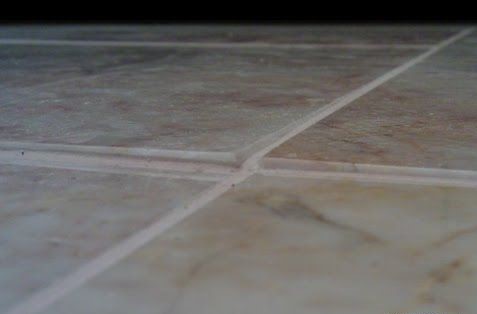Uneven Tile Floors Can Be Unsightly and Pose Safety Hazards
by siteadmin

Uneven Tile Floors Can Be Unsightly and Pose Safety Hazards
The problem of uneven tile floors is a common one, and can be unsightly and pose safety hazards. It's often the result of improper tile installation.
The surface that tiles are installed on needs to be almost perfectly flat so that the glue that holds them in place has sufficient coverage. If it's not, the tile will break easily.
Foundation Issues
A foundation problem can cause floor tiles to become uneven. This happens because a house’s foundation shifts over time, causing the floors to slope and buckle. This is often the case in older homes that were built on pier and beam foundations.
Uneven floors are a clear indicator that your home’s foundation needs repair. If you notice that your tile floors are uneven, it is important to take the correct steps to address the problem so that you can prevent further damage.
If your uneven tile is the result of a foundation issue, you will need to get it professionally repaired by a foundation repair contractor. They can use a process called mud jacking to raise the level of your floors. This involves pumping a mixture of sand, water, and cement underneath your floors to raise them back to their proper level. This method can also be used for basements to stabilize them and avoid future sinking.
Moisture Issues
Moisture is extremely destructive to construction materials, and if it gets under your tile, it can cause a number of problems. This is why it’s important to have your home professionally waterproofed.
Uneven floors caused by excess moisture may be a sign of foundation failure, but even if they aren’t, the floor will still become unlevel because the excessive moisture is pushing against it. This can lead to rot, mold buildup, and other structural damage.
One common cause of uneven tiles is “lippage,” which occurs when the edge of a tile is higher than its neighboring tiles. This can be unsightly and pose a trip hazard. It often occurs because the mastic or thinset holding the tiles wasn’t spread evenly. Professional contractors know to use what is called anhydrite screed or a similar self-smoothing compound before tiling. These products are easier to lay than sand and cement screed and leave a more level surface. This is especially important if you plan to tile over wood, which can expand and contract with temperature changes and warp or swell if not properly treated.
Structural Issues
It's important to recognize uneven floors in a home because they're usually an indicator of foundation issues. Sagging and buckling floors can damage the entire structure of the home, so they should always be addressed sooner rather than later.
A structural inspection is a vital part of the home buying process, so it's worth the extra cost to work with an inspector that will evaluate whether or not sagging or buckling floors are caused by a weakened foundation. It's also important to work with a foundation repair contractor that uses floor jacks and foundation peering techniques, as these methods can help restore the foundation to its original state.
In most cases, sagging or uneven floors are a result of water damage. Too much moisture can be incredibly damaging to the sub-flooring and wooden beams that support a house's structure, so it's important to address any water damage or flooding immediately. This includes leaky pipes, ground water and water that seeps in through walls or from the roof.
Tile Installation
When laying tile, the surface needs to be very flat. Ideally, you should use a self-leveling compound to make sure the tiles will lay properly. This also helps prevent moisture from seeping behind the tiles and causing mold or mildew.
Depending on your floor surface, you may need to use a traditional sand and cement screed or anhydrite screed. While the sand and cement option is more cost-effective and easy to lay, it can leave an uneven surface. Anhydrite, on the other hand, is a liquid material that can be easily applied to an existing floor and smooths out the surface for tiling.
To check for an uneven substrate, lightly hit the tile with a tool and listen for a hollow sound. This is a sign that the thinset mortar holding the tile in place has not been spread evenly. This will not only create an unsightly floor, but it can also be a trip hazard.
When you decide to get rid of those uneven floors – we can help. Floor Busters of Central Florida offers dust free tile removal to get you ready for new floors for your home renovation.
Dust Free tile removal Gainesville, Fl
Flooring removal Gainesville Fl
Uneven Tile Floors Can Be Unsightly and Pose Safety Hazards The problem of uneven tile floors is a common one, and can be unsightly and pose safety hazards. It's often the result of improper tile installation. The surface that tiles are installed on needs to be almost perfectly flat so that the glue that holds…
Recent Posts
- Hawkins Siding and Exteriors Revolutionizes Window Replacement in Fort Worth, TX
- Hawkins Siding and Exteriors Revolutionizes Window Replacement in Fort Worth, TX
- Boost Your Naples Business: Essential Digital Marketing Strategies by Condori Digital
- Boost Your Naples Business: Essential Digital Marketing Strategies by Condori Digital
- Boost Your Naples Business: Essential Digital Marketing Strategies by Condori Digital
